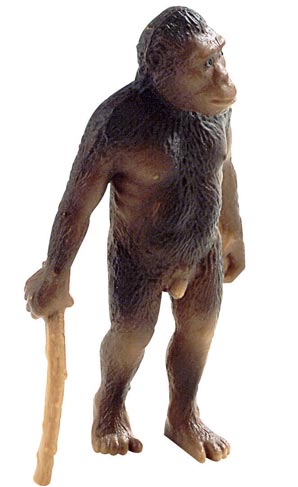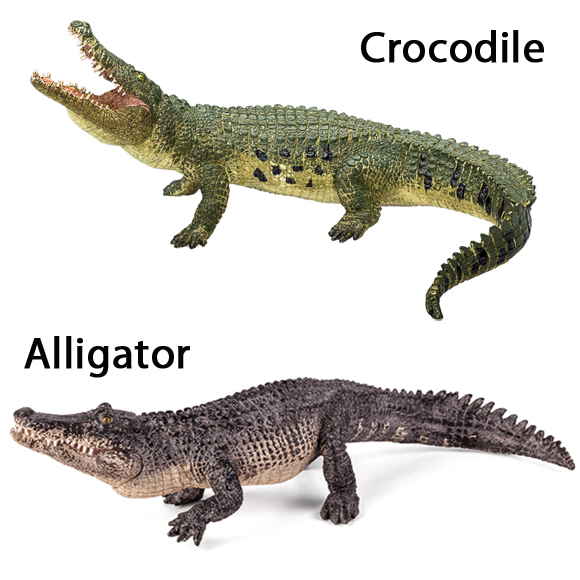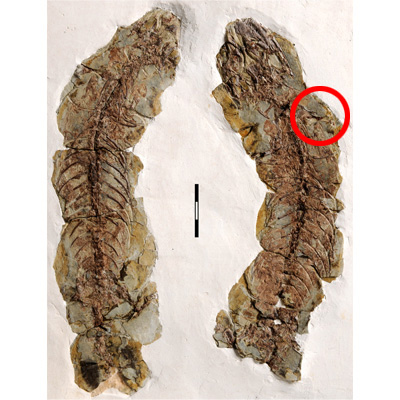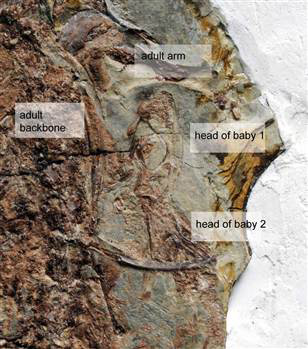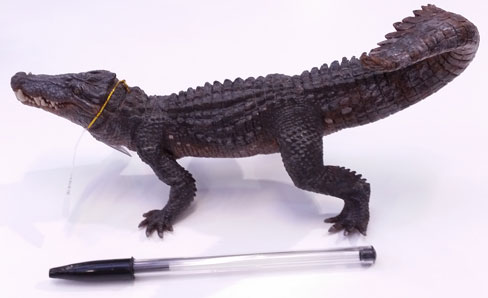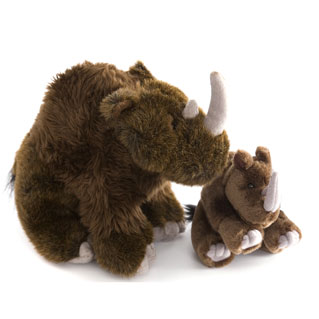Being Slow, Small and Aquatic may have Saved the Turtles
The Chelonia, that Order of reptiles that includes tortoises, turtles and terrapins may have had the advantage over the Dinosauria when it came to surviving global catastrophes such as the Cretaceous mas extinction. These ancient reptiles, that first evolved sometime in the Triassic with their slow metabolisms, cold-blooded energy needs and the ability to hibernate or at least enter into prolonged periods of suspended animation may be one of nature’s great survivors.
Cretaceous Mass Extinction
These tough creatures managed to survive the Cretaceous mass extinction event that saw the demise of the pterosaurs, dinosaurs and marine reptiles, in fact something like 65% of all life on Earth died out, because turtles and tortoises have slow metabolisms and a lot of them live in water all huge benefits according to new American research.
Palaeontologist Tyler Lyson of Yale University, who has been studying one particular part of the Chelonia family tree that seem to have remained unchanged from 85 million years ago, through to the mass extinction event and beyond into the Cenozoic commented:
“Turtles are very tough animals, if times get tough they can go into a state of animation. Animals that were living in the water were kind of protected against whatever killed the land plants and the dinosaurs.”
Essentially, since their bodily processes were so slow, needing very little energy, they could survive on sparse resources during and after the wipe out of dinosaurs. Being able to burrow and to hide out underground would also have been a major advantage for these small reptiles, something that a six tonne Triceratops, an Ankylosaurus or indeed T. rex could never have done.
The research team’s conclusion is based on a newly discovered turtle fossil from North Dakota, known as Boremys which dates back to between 60 million and 65 million years ago (Palaeocene Epoch). The specimen belongs to a turtle species thought to have survived the global extinction, Lyson said, because fossils of the same species have been found in rocks deposited up to 75 million years ago indicating that these particular reptiles survived relatively unchanged through the end of the Mesozoic and into the Cenozoic.
A Global Extinction Event
The global extinction event that killed the dinosaurs, called the K-T boundary due to its special signature in rock layers, was most likely set off by a meteorite strike, though the true sequence of events is hotly debated. We at Everything Dinosaur wrote an article earlier this week on the discovery of a ceratopsian horn very close to the K-T boundary, which marks the end of the Age of Dinosaurs.
To read more about this discovery: The Last Dinosaur Standing.
Some researchers believe a set of world-shattering volcanic eruptions darkened the sky, which may or may not have been caused by an extraterrestrial impact. The turtles, along with other burrowing and water-living animals, survived the dinosaur-killing whole-Earth extinction event, which extinguished the vast majority of the animal and plant species living on land, including land-living turtles.
Crocodiles too, as they are mainly aquatic and cold-blooded also survived but the Dinosauria, a group of reptiles that had ruled the land for some 150 million years, did not make it through into the Palaeocene (let’s not include Aves for the moment).
Crocodiles can enter into a period of summer-sleep (estivation), Nile crocodiles excavate large borrows or occupy underground caves formed by the erosion of soil from tree roots alongside river banks. Here safely entombed in their cool, sleeping chambers these animals effectively shut down, slowing their metabolic rates and this enables them to survive long, hot, dry seasons or other difficult climatic conditions. An ability to estivate would have come in handy around sixty-five million years ago.
Lyson added:
“If you only looked at turtles across this boundary you wouldn’t think there was an extinction. Small animals that have a slow metabolism and live in the water do very well across the K-T boundary.”
These turtles lived in lakes and streams in North America, where they ate soft plants and crustaceans. They would have resembled the painted or cooter turtles of today, Lyson said, though they aren’t closely related to any living turtle species. They were part of a very large group of species called the Baenid turtles, at least eight of which survived the extinction event only to vanish later by some other means.
After the land-based wipe out, the remaining small mammals populating the Earth spread in what’s called “adaptive radiation,” where a limited number of species fans out and diversifies in empty habitats. The living mammals underwent rapid evolution and spread into the niches vacated by other animals, including the dinosaurs.
Even though turtles had the metabolic upper hand to survive the extinction event, it was the agile, fast-breeding mammals that gained the advantage when it came to exploiting all those vacated niches.
Lyson concluded:
“In the water, before and after the boundary, it was business as usual. A lot of these smaller species are around right after the impact. Not a whole lot changed. Mammals just have more of a rapid turnover, so they are able to more quickly adapt to their environment and their changing surroundings.”
However, even the hardy Baenid turtles cannot be guaranteed survival forever. This particular family of the Order Chelonia finally became extinct around 40 million years ago, towards the end of the Eocene Epoch when North America experienced climate change and became much drier.
Scientists have long speculated on the serendipity of mass extinctions. Some types of animal can survive relatively unchanged, whilst in other cases entire Orders can become extinct. At the end of the Cretaceous, being small, having low energy needs and a fondness for water may have cushioned such creatures against the very worst of the global climate change.
For models and replicas of Late Cretaceous dinosaurs and other prehistoric creatures: Safari Ltd. Wild Safari Prehistoric World Models.



